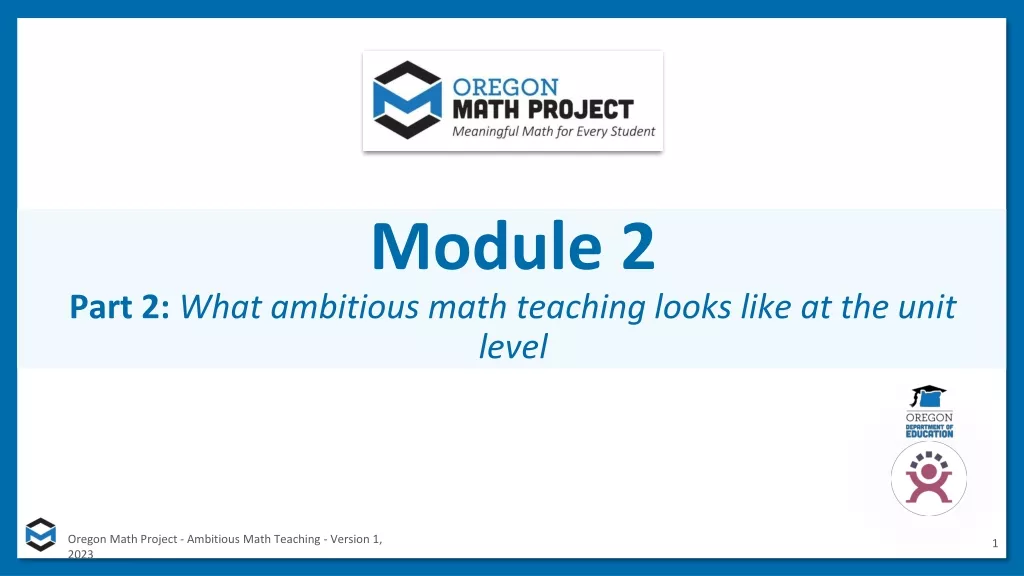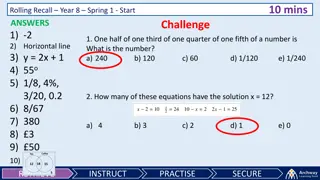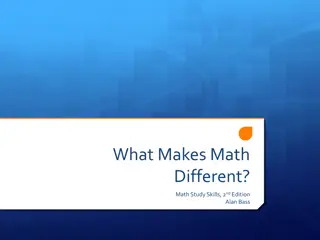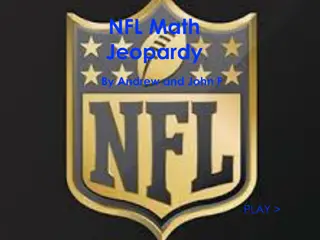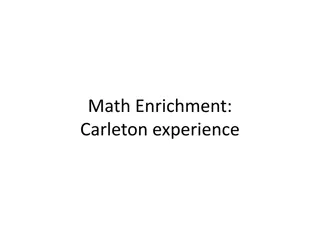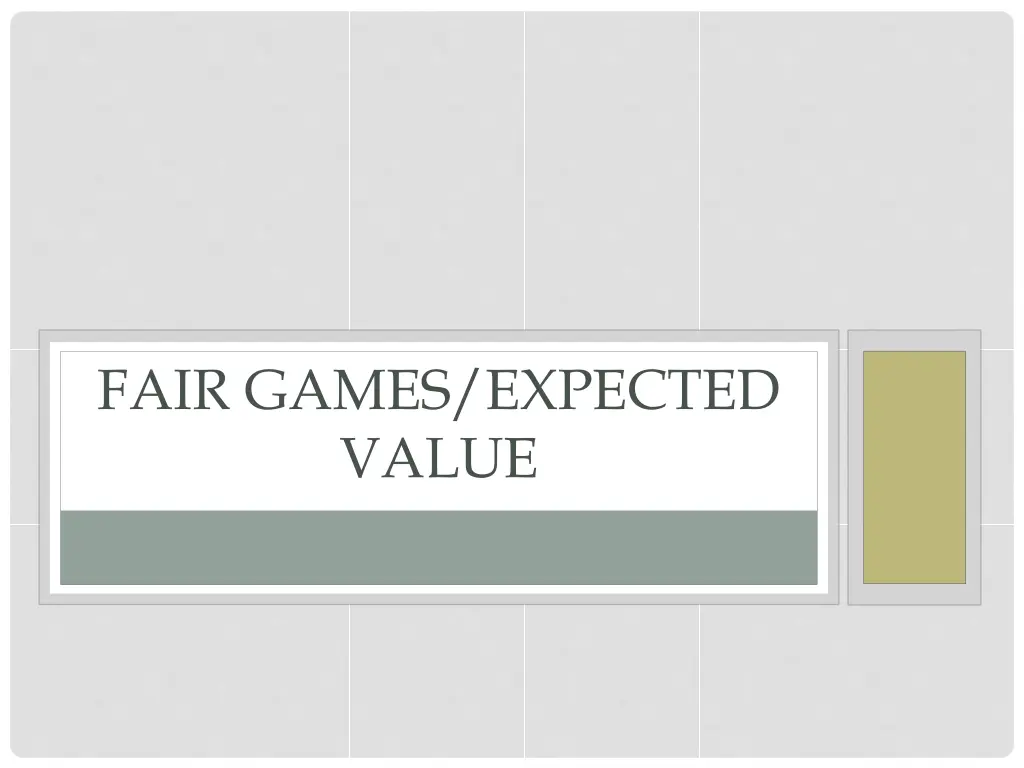
Understanding Expected Value in Fair Games
Learn about expected value in fair games through examples of different gaming scenarios. Discover how to determine if a game is fair based on the relationship between the cost to play and the average amount you could win. Explore various game setups and calculations to grasp the concept of fairness when it comes to gaming odds.
Download Presentation

Please find below an Image/Link to download the presentation.
The content on the website is provided AS IS for your information and personal use only. It may not be sold, licensed, or shared on other websites without obtaining consent from the author. If you encounter any issues during the download, it is possible that the publisher has removed the file from their server.
You are allowed to download the files provided on this website for personal or commercial use, subject to the condition that they are used lawfully. All files are the property of their respective owners.
The content on the website is provided AS IS for your information and personal use only. It may not be sold, licensed, or shared on other websites without obtaining consent from the author.
E N D
Presentation Transcript
FAIR GAMES/EXPECTED VALUE
DEFINITIONS: The expected value of a game is the amount, on average, of money you win per game. The expected value (in terms of a game) is calculated as follows: E = ($ paid if you win) * (P(winning)) A game is a fair game when the cost of each game equals the expected value (what you put in, you get out).
GAME 1: You pay $3.00 to play. The dealer deals you one card. If it is a spade, you get $10. If it is anything else, you lose your money. Is this game fair? E = $10 * 13/52 = $10 * 1/4 = $2.50 $2.50 is the return, on average, of the game - - the expected value. $2.50 < $3.00, so it is not a fair game
GAME 2: A casino game costs $3.50 to play. You draw 1 card from a deck. If it is a heart, you win $10; If it is the Queen of hearts, you win $50. Is this a fair game? When there are multiple ways to win, the expected value is the sum of how much is won for each probability as follows. E = 10(13/52) + 50(1/52) = $2.50 + 0.96 E = $3.46 Since the casino earns 4 cents more, on average, than it pays out to you, it is not a fair game.
GAME 3: A player rolls a die and receives the number of dollars equal to the number on the die EXCEPT when the die shows a 6. If a 6 is rolled, the player loses $6. If the game is to be fair, what should be the cost to play? E = 1(1/6) + 2(1/6) + 3(1/6) + 4(1/6) + 5 (1/6) 6(1/6) = 15/6 1 = 9/6 E = $1.50 (3/2 of a dollar) Charge $1.50 to play
GAME 4: Consider the above game with a modification. We would like to make a fair, FREE game. We will do this by charging a customer money if they roll a 1 as well as a 6. If all the rest is the same, what should we charge if they roll a 1? $0 = X(1/6) + 2(1/6) + 3(1/6) + 4(1/6) + 5 (1/6) 6(1/6) Solving for X we get = $8; We should charge $8 if they roll a 1.
GAME 5: This last game costs $1 to play. You are given a coin to flip. If you flip tails, the game ends. If you flip heads, you may flip again for a max of 5 flips. You will be paid $1 for each head. If all 5 flips result in heads, you win the $5 for 5 heads plus a $2 bonus. Is this a fair game?
Write out the cases: Cases T HT HHT HHHT HHHHT HHHHH Probability 1/8 1/16 1/32 1/64 E 0 E, calculated 0 1/4 1/4 3/16 1/8 7/64 1 * 2 * 1/8 3 * 1/16 4 * 1/32 (5+2) * 1/64



